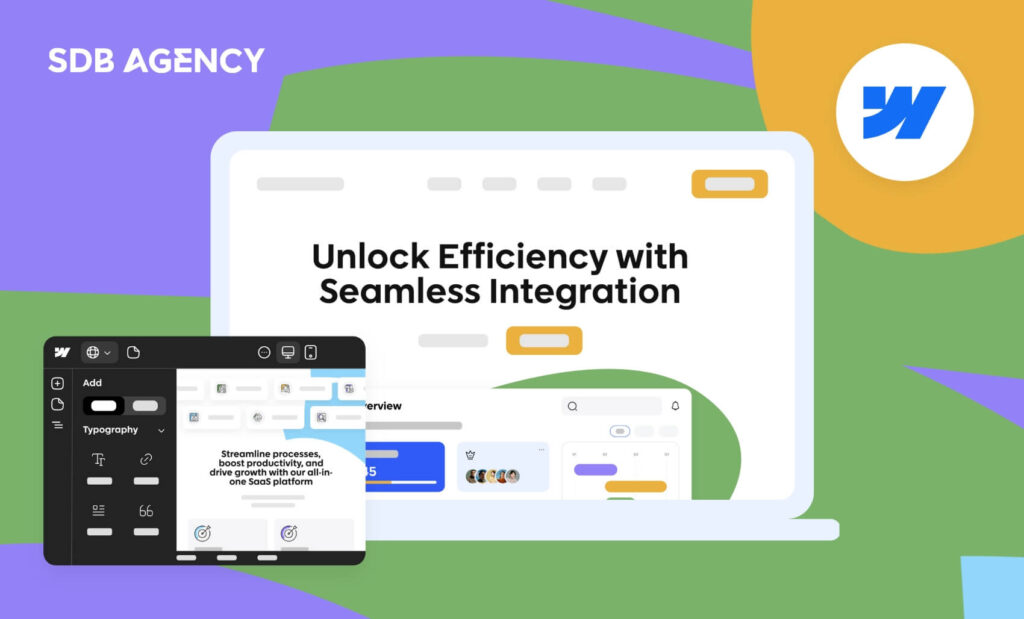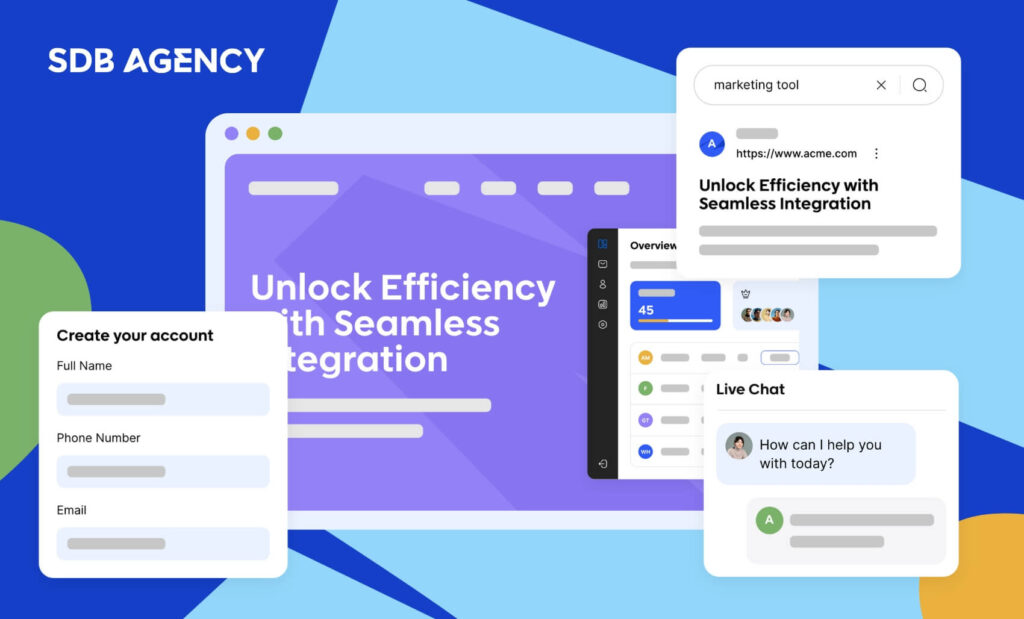The Role of User Feedback in Shaping the Future of Search

In today’s competitive market, understanding and leveraging customer feedback has shifted from offering a slight advantage to being crucial for every business. User feedback acts as both the compass and roadmap for companies that aim to navigate the complexity of consumer preferences and expectations.
But why is customer feedback crucial for shaping marketing strategies and searches? In essence, feedback provides a transparent lens showing which businesses offer the right products and brand perception. As a result, it gives a direct line to the user’s wants, needs, and pain points. This invaluable resource allows you to tailor your marketing strategy to be more relevant, effective, and impactful.
Understanding the value of user feedback
The core of a successful marketing strategy lies in how well you know your customers. The role of user feedback in shaping a winning marketing strategy is crucial. This section explores the many layers of value that customer feedback brings to companies, highlighting how it impacts strategic decision-making.
The concept of customer feedback
User feedback consists of a broad collection of data collected directly from users about their experiences and expectations for your products and services. It may take various forms, like online reviews, surveys, and direct customer interactions. User feedback is invaluable as it offers businesses direct communication with their users. In turn, it offers insights that drive strategic decisions, enhance user experience, and drive innovation.
By actively listening to and responding to customers’ feedback, companies can create more specific and targeted marketing strategies that meet and even exceed customer expectations.
Why user feedback matters
User feedback is important for product development due to several reasons below:
- Insights into user needs – Collecting user feedback allows us to gain valuable insights into what users look for in a product. This information will enable us to tailor our efforts to ensure they meet their needs.
- Identify pain points – User feedback helps us pinpoint areas of our products that may frustrate or confuse users. Addressing these pain points will create a more seamless user experience.
- Test new features – Users can offer feedback on new and existing features before they get fully implemented. This lets us make adjustments based on real input before officially releasing them to the public.
The process of collecting feedback and implementation
User feedback is a crucial element that differentiates between a good product and a great one. It’s a dynamic process that starts with the collection of insights from users and evolves into actionable changes that improve the user experience.
This journey isn’t likely to be a smooth, straight road but a continuous improvement cycle in which every piece of feedback acts as a stepping stone to perfection. Here are the steps your feedback must undergo from the moment it is gathered, analyzed, and eventually woven into the product.
- Collection – The first step is gathering feedback from various sources, such as surveys, user interviews, and social media. For example, SaaS companies may use in-app surveys to ask about their users’ experience after using a feature.
- Analysis – After the collection process, you must look for patterns and insights in the feedback. For example, many users may drop off during checkout, indicating a potential spike that requires smoothing out.
- Prioritization – Every piece of feedback will offer different values, as some may have a greater impact on user satisfaction and business goals. For example, a fitness app company may prioritize a bug that affects workout tracking instead of a requested feature for sharing on social media.
- Planning – Integrating feedback into the product roadmap will need careful planning. A project management tool team may introduce a new integration based on requests and schedule it for the near future.
- Implementation—In this stage, feedback comes to life; developers and designers work together to create the necessary changes. Informing users about the changes closes the feedback loop.
- Measurement – The last step is measuring the impact of the changes—did they improve the UX? Increase retention? A streaming service may track engagement metrics before and after to see if there are significant differences.
Success stories of how brands implemented user feedback
In the product development landscape, implementing user feedback isn’t only a part of the process; it’s a transformative journey that can create unforgettable success stories. These narratives test the power of listening and implementing users’ needs and experiences.
Companies that embrace a feedback-driven approach can pivot from potential failure to gradual success, creating products that deeply resonate with their users.
Here are various case studies that show the profound impact of user feedback on product development, from small startups to the tech giants we know today.
- Slack – Originally built as a communication tool for a gaming company, the developers quickly realized Slack’s potential when they received positive feedback from other companies that used it. This feedback shifted the company’s perspective and transformed it into a standalone communication platform integrated into many businesses worldwide.
- Dropbox – Dropbox’s early beta testing phase was important for understanding its users’ needs. The feedback helped them create a simpler UI and improve the file synchronization process, which used to confuse many users. These changes greatly improved user adoption and satisfaction.
- Apple – Apple’s iOS was known for having a closed ecosystem, and more people demanded more typing options, which led to the introduction of a third-party keyboard that Apple has supported since iOS 8. Consistent user feedback influenced this, allowing for a more personalized typing experience.
How has user feedback helped your product?
In conclusion, user feedback is indispensable in shaping the future of products and their corresponding marketing strategies. In today’s competitive landscape, leveraging customer insights has evolved from a mere advantage to a necessity for businesses aiming to thrive. User feedback serves as both a compass and a roadmap, guiding companies through the complexities of consumer preferences and expectations.
As we move forward, the role of user feedback will only become more integral. Businesses that prioritize and effectively implement feedback will be better positioned to navigate the evolving digital landscape, fostering deeper connections with their customers and achieving sustained success.




